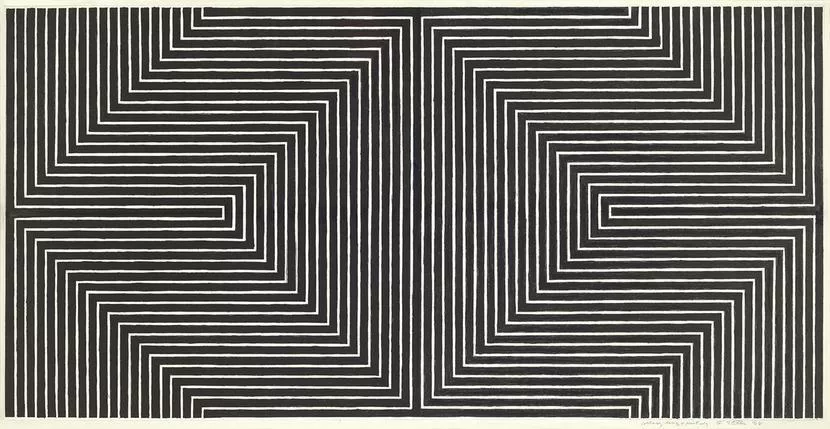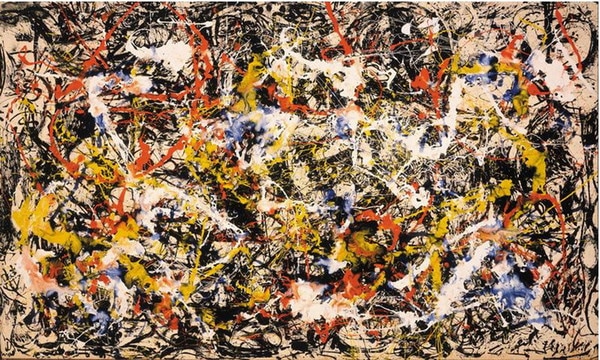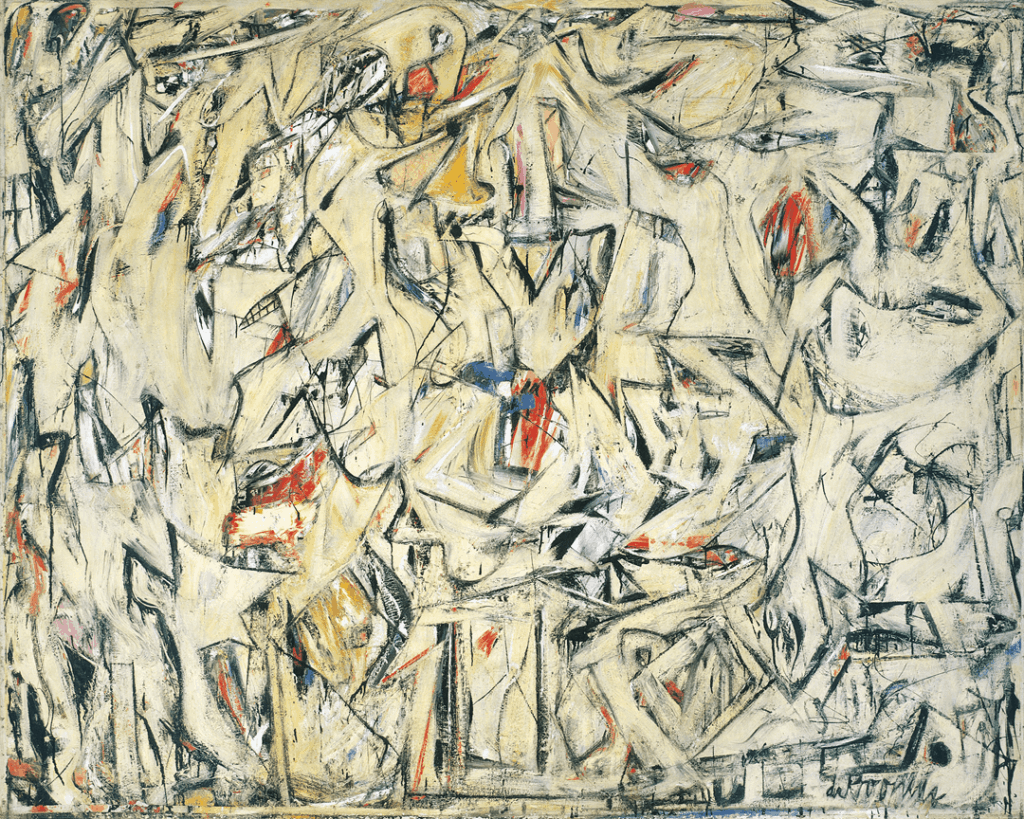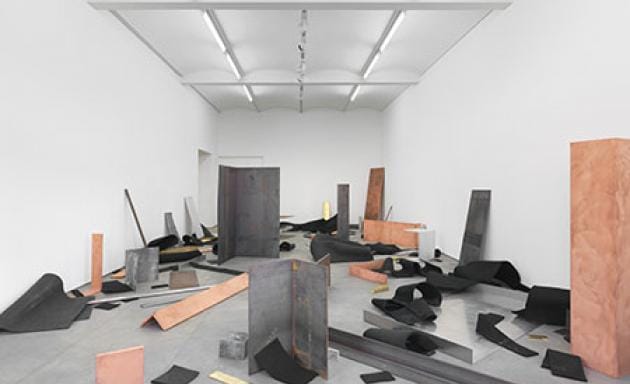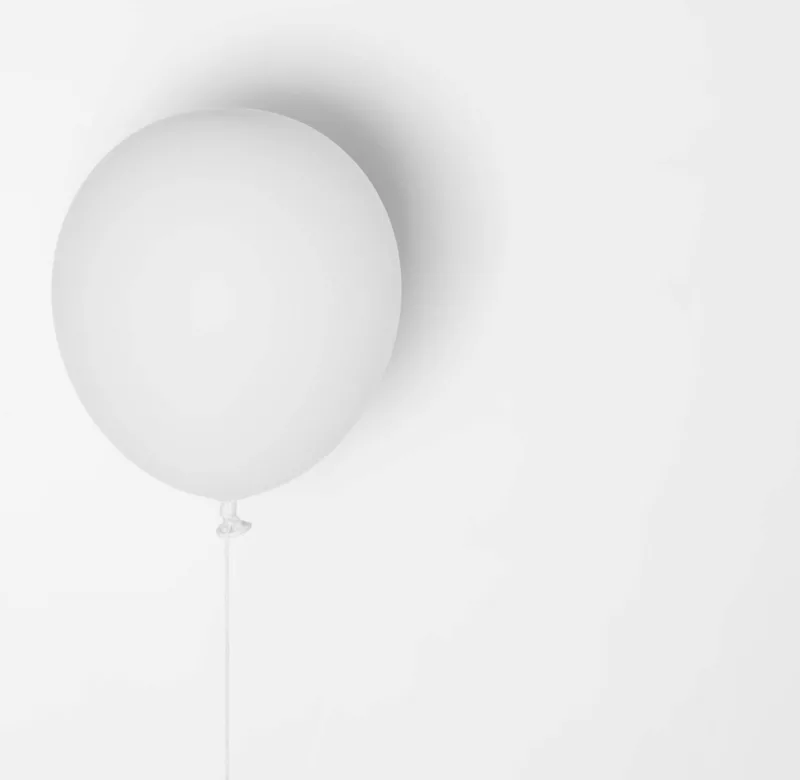The end of the 19th century brought new perspectives in the artistic world. Artists began realizing that art was more than sight in an impersonal sense, that is, more than just aesthetic. Art could be about feelings; it could be about the artist and their emotions, their judgments, and their perceptions. Art could be a tool for artists to express themselves; the canvas could be used to represent artists’ thoughts.
To achieve expression of self through art, as well as to deal with the social changes brought by the consequences of the war, artists became steadily more infatuated with the abstract. In the 20th century, thus, the abstract movement was born among the developing economic and artistic prosperity of the United States.
Amid the abstract movement, Minimal Art arises. What challenges does Minimal Art represent to Abstract Expressionism? How are these two movements related?
To comprehend the relation between these two movements, it’s relevant to first go through basic information regarding each.
Table of Contents
What is Abstract Expressionism?
Abstract expressionism emerged in the United States, around 1947, as a result of the combination of Surrealism and Abstractionism. Its language was figurative and it established a close relation with Informal art.
Note: Informal Art, or Art Informel, is “a French term describing a swathe of approaches to abstract painting in the 1940s and 1950s which had in common an improvisatory methodology and highly gestural technique”.
Its emergence is, in large, due to the significant social, political, and economic change Europe went through after the Second World War, as art historian Ricardina Estefânia Oliveira explains. The post-war era divided the west – European countries tried to recover from the structural and, mainly, identity crisis whereas the United States flourished. The idea of the American Dream became a symbol of American culture. It was an ideal grounded on the country’s economic prosperity, which then gave place to a well-supported artistic creation.
The fantasy of freedom of the American Dream is the starting point of Abstract Expressionism. This new artistic movement embodied a paradigm shift – Paris lost its title of the epitome of modern art to New York.
Abstract expressionists created their works by interpreting art as expression and emotion. These artists expressed themselves through universal themes, however, they didn’t all create their works following the same patterns. While some pieces of art portrayed colorful fields and abstract forms, others conveyed vigorous gestures and determined moves, such as Jackson Pollock.
In the article “The American Action Painters”, Rosenberg describes the act of painting as no longer being subordinate of the object; in Abstract Expressionism, the act of painting goes hand-in-hand with the state of mind of the artist, or in other words, their emotions.
On the other hand, Greenberg believes in form as the only valid criterion to judge the quality of a work of art. In the article “’American-Type’ Painting”, Greenberg refers that painting shouldn’t tell a story since that’s the purpose of theatre and literature. Greenberg believed in the superiority of form over content.
There’s, thus, a two-way road in Abstract Expressionism: Rosenberg’s existentialism and Greenberg’s formalism.
Most prominent artists
Jackson Pollock
Willen de Kooning
Mark Rothko
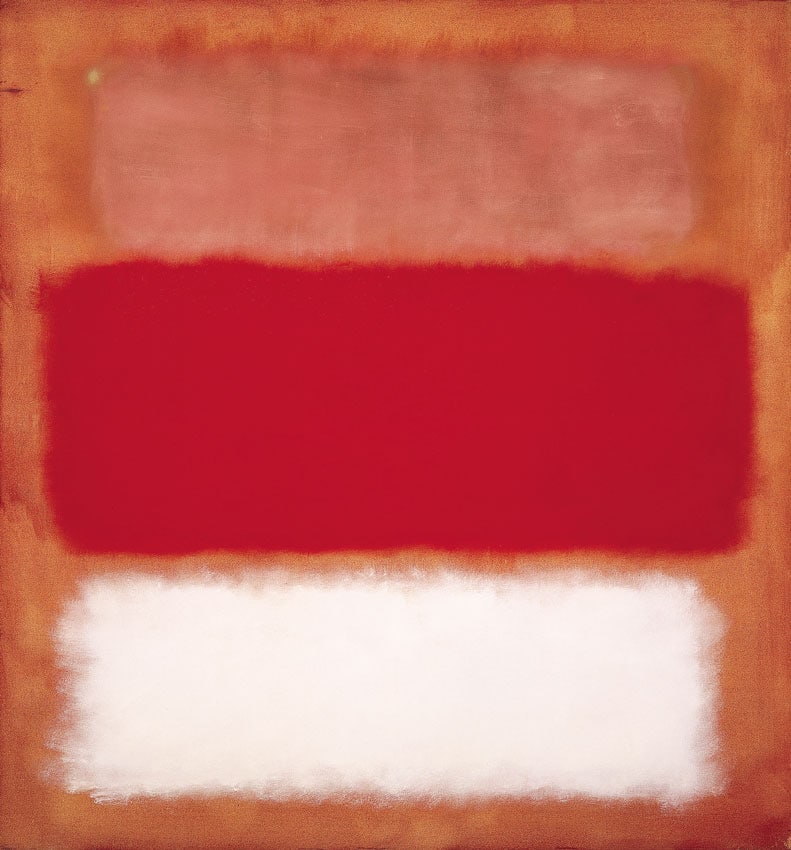
Robert Rauschenberg
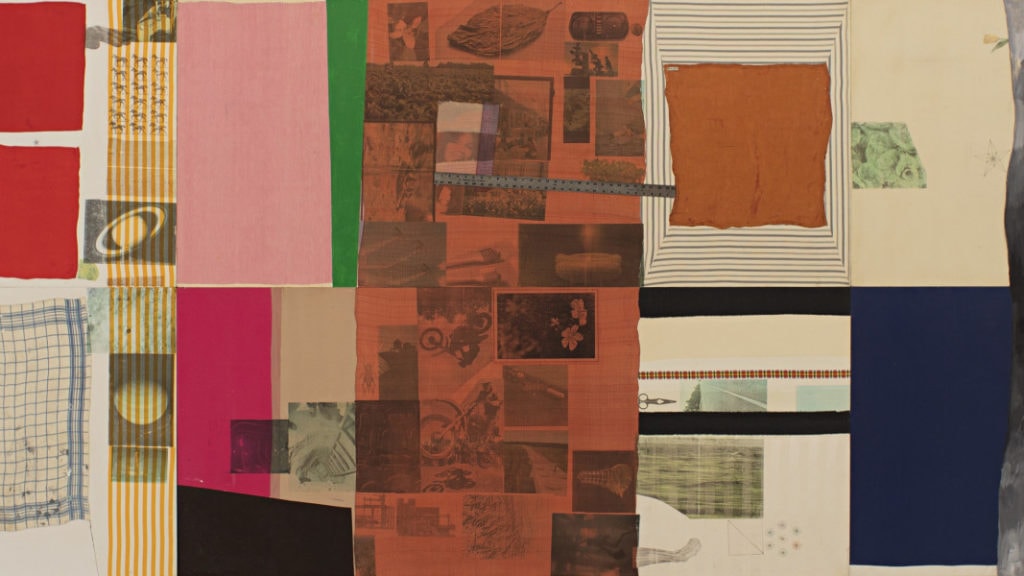
Franz Kline
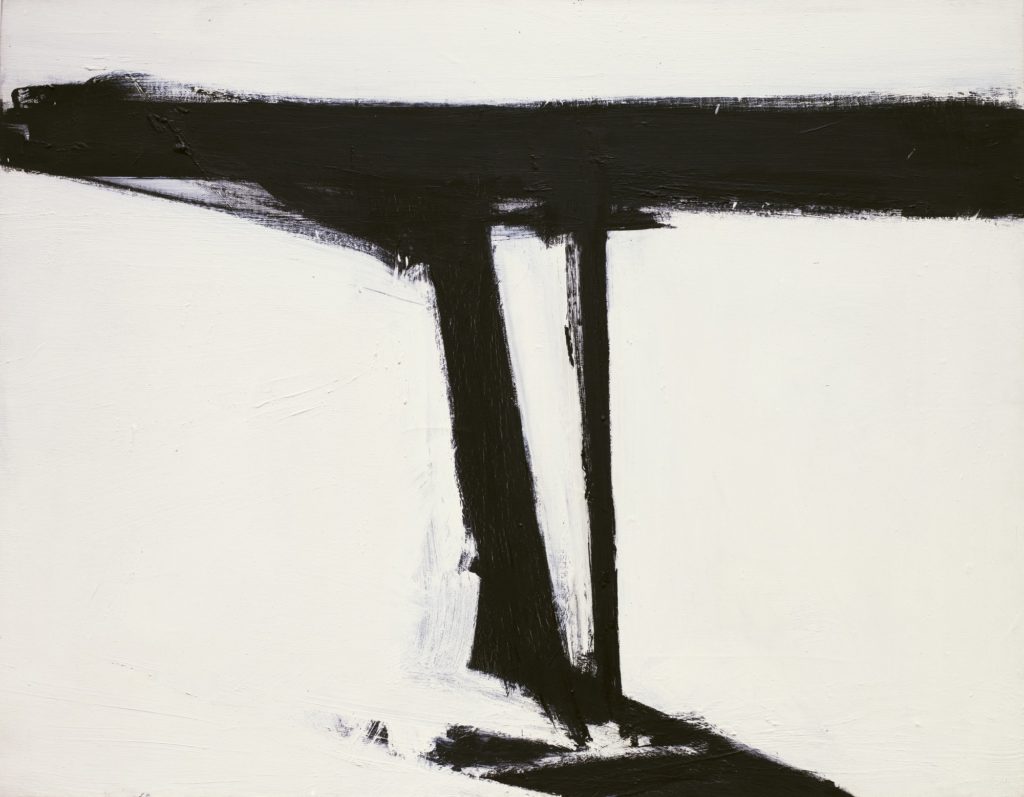
What is Minimal Art?
In 1965, Richard Wollheim coined the name Minimal Art, in his essay “Minimal Art”, when referring to the form of art based on the use of basic and essential elements of fine arts. Having arisen from Land Art (see note), minimal art expressed contempt for figurative art and used the fewer number of elements and colors possible, which created an effect of impersonality due to the use of industrial materials.
Note: Land art, Earth Art, is an art movement that emerged in the 1960s and 1970s, largely associated with Great Britain and the United States. Land art is the art that is made directly in the landscape, sculpting the land itself into earthworks or making structures in the landscape using natural materials such as rocks or twigs.
The post-Sputnik era brought back interest on Constructivism, a Russian artistic philosophy originated in 1913. Constructivism “completely rejected mimetic representation and was a consistent form of geometric abstract art, which was characterized by a high level of technical and mathematical perfection. The basic formal characteristics of Constructivist art included the use of geometric primary forms, arranged in a space or surface in harmonious order. Constructivist painters rejected bright, colorful palates and experimented with the effects of light and movement.” (1)
Such as Constructivism, the readymades of Marcel Duchamp were also inspirational examples of the employment of industrial materials.
Both the above-mentioned sources served as inspiration for Minimal art. Minimalists created simplistic works with industrial materials.
In painting, Minimal Art can be defined by the restrict number of elements, being, many times, characterized by monochromatic surfaces.
In sculpture, artists transformed materials, making them a mere representation. This deceived the viewer, who ended up trapped in the illusion that a rock is more than just a rock. (2)
Artists like Robert Morris, Donald Judd, Sol Lewitt, and so on, built pieces with geometrical shapes repeated in a space, rejecting, thus, the values of composition but showing the reality of its materials. They exhibit pieces made of steel, wood, and glass in its rawest form, without implicit meanings, metaphors, or symbolism.
The above referred Robert Morris’s article also conveys that Minimal Art depended on the perception of the viewer, accounting variables such as space, dimension, and lighting. As The Art Story put it, “the use of industrial materials and simple, repeated geometric forms together with the emphasis placed on the physical space occupied by the artwork led to some works that forced the viewer to confront the arrangement and scale of the forms. Viewers also were led to experience qualities of weight, height, gravity, agility or even the appearance of light as a material presence. They were often faced with artworks that demanded a physical as well as a visual response.”
According to Morris, the ideal space for the work would be an empty one, for it wouldn’t affect the perception of the sculpture.
Although minimal artists were trying to make art that represented nothing but what it was, tangibly, the commodification of minimalist art through actions such as auctions ruined its simplistic ideas. Selling a couple of wooden boxes for millions of dollars isn’t exactly close to raw, truthful, and hurtful reality.
Most prominent artists
Donald Judd
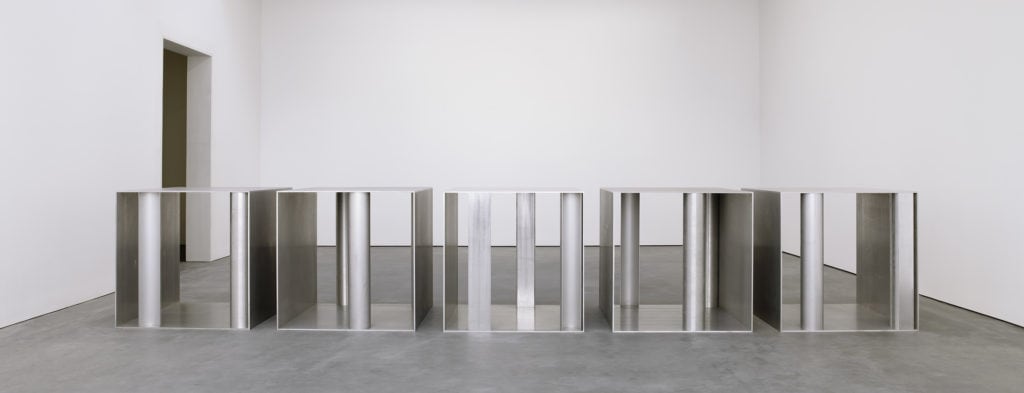
Yayoi Kusama
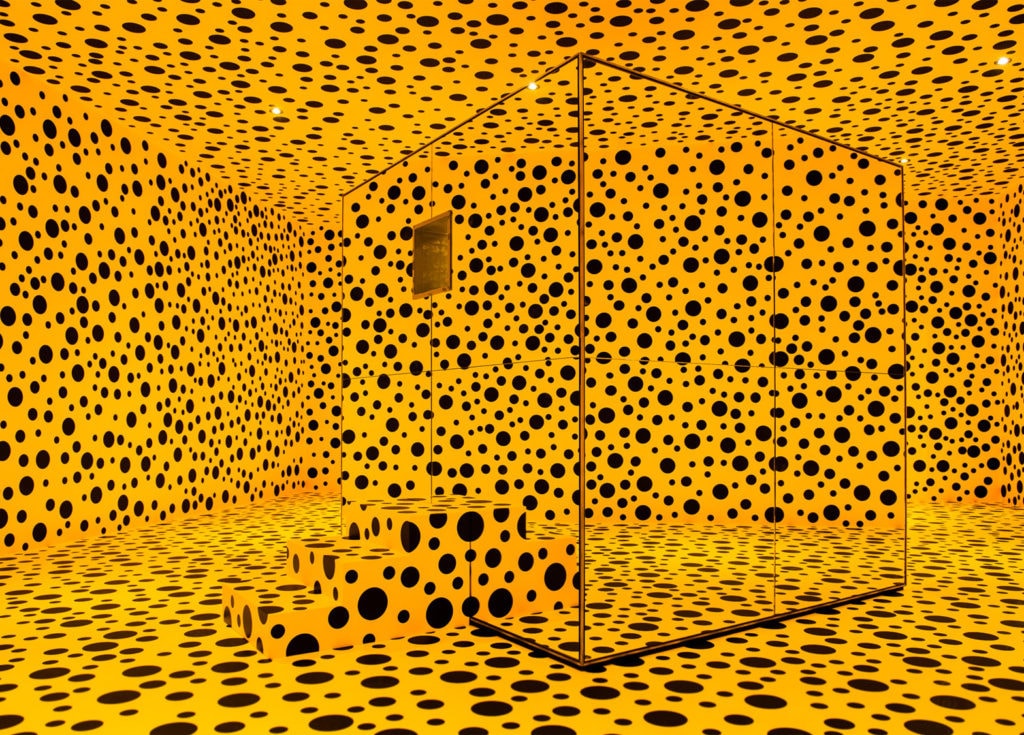
Frank Stella
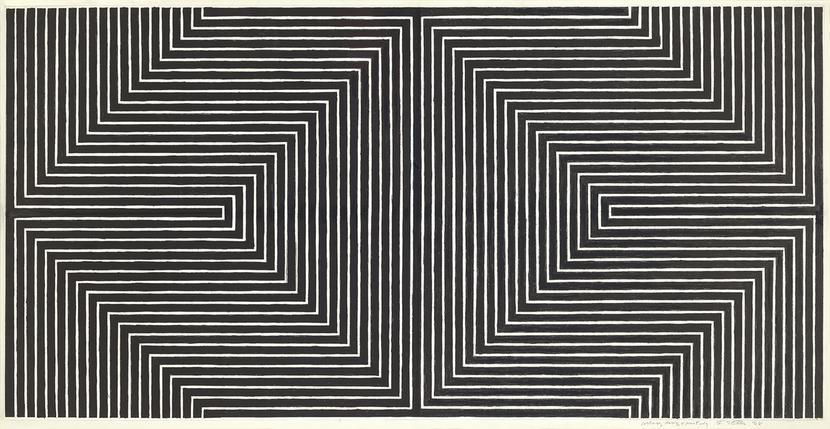
Sol LeWitt
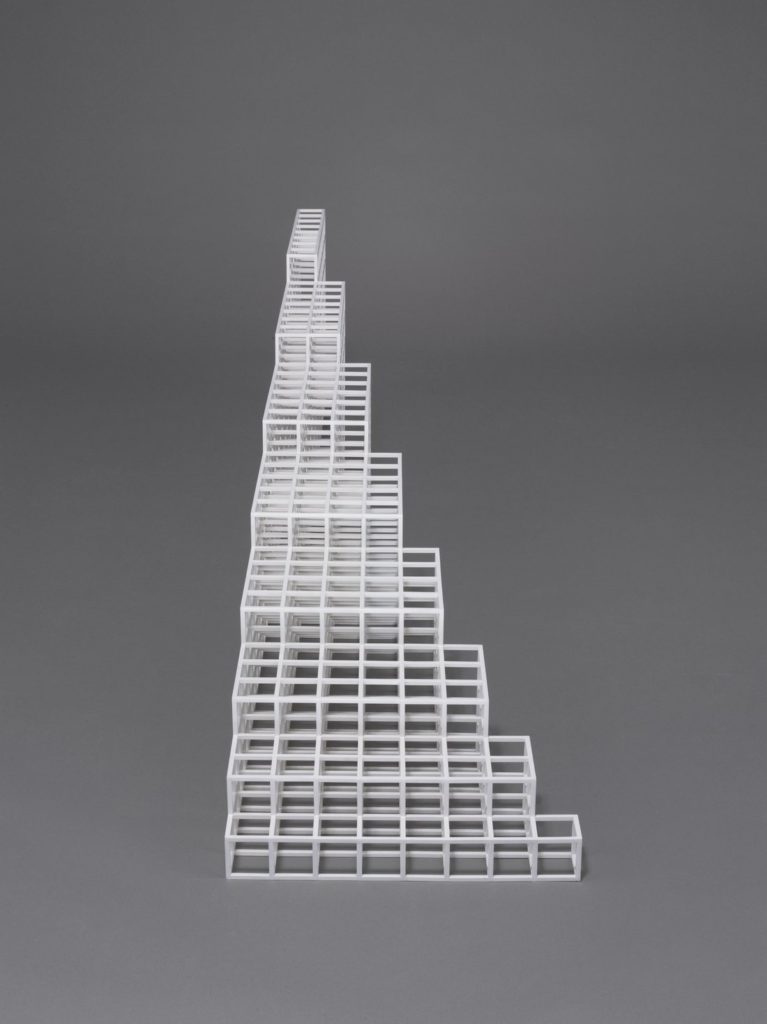
Robert Morris
How were minimalists and their ideas responding to and rejecting abstract expressionism?
Minimal Art follows, in time, the Abstract Expressionist movement. Minimalists didn’t completely reject the modus operandi of Abstract Expressionists. Ricardina E. Oliveira explains how, in fact, the two movements were actually connected, at one point.
At the beginning of the 1960s, when Minimalism emerged in the artistic realm, we saw the formalist ideals of Greenberg triumph over Rosenberg’s existentialism. Several artists, like Frank Stella, author of some pieces that were part of the Abstract Expressionist movement, began to create pieces that focused on the idea of formalism. There was, thus, an evolution in artistic production, in which Abstract Expressionism became closer to the formalism present in Minimal Art. In the transition from Abstract Expressionism to Minimal Art, we see that artists incorporated the ideal of form in their work and withdrew all emotion and state of mind of those who create.
Nonetheless, it’s fair to state that minimal artists rejected abstract expressionism for what it represented: excess, overt symbolism, and emotional content.
How did minimalism challenge the ideas of abstract expressionism?
Minimal artists wanted to remove expression and emotion from the pieces of art completely, making it resistant to biographical reading – unlike in Abstract Expressionism, which was grounded on expression and emotion and the author behind the work played a big role in the art.
The basic shapes and forms avoided any metaphors or symbolism, the work of arts were simple, devoid of hidden meaning – they represented what they were, plainly.
Minimal art isn’t meant to make the viewer intrigued; on contrary, in the words of Robert Morris, minimal art was a blatant “no to transcendent and spiritual values, heroic scale, anguished decisions, historicizing narrative, valuable artifact, intelligent structure, interesting visual experience.” Minimal artists sought realness. Some minimal artists even sought to dismantle the difference between painting and sculpture: Donald Judd claimed that his works were “specific objects occupying real space.” (3)
Final notes
While Minimal artists didn’t completely reject Abstract Expressionism, there were a lot of expressionist ideals that were criticized and made obsolete by Minimal artists. Some abstract expressionists embraced Minimal Art; others chose to reject either Minimal Art or Abstract Expressionism, recognizing no value in the respective art movement.
Art History can be complex, so if you have any questions, go ahead and leave a comment!
